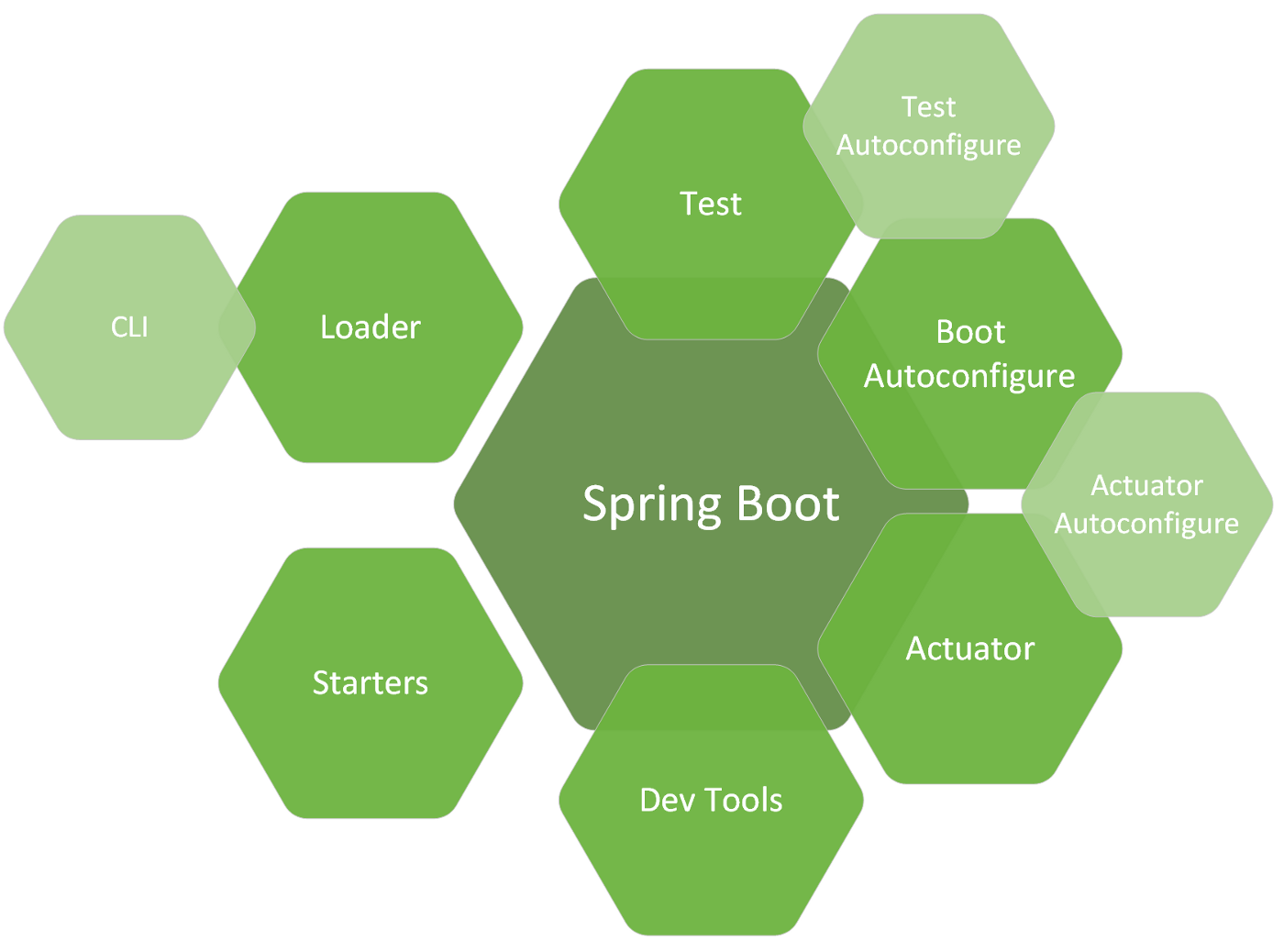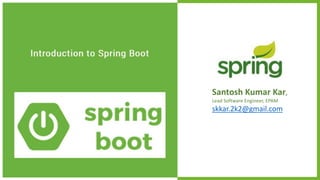Roads & PavementRoads & Pavement
Barefoot
Minimal
Low
Medium
High
Maximal
All around running shoes offer comfort and cushioning for daily runs, jogs, walks, and long mileage. They offer enough versatility for both faster and slower runs and are a great option for those who want one running shoe to do it all.
Fast run or uptempo running shoes are lightweight and responsive. They offer streamlined designs that have minimal uppers and offer a high level of energy return. These shoes are a great option for faster runs in the week or those looking for a livelier experience.
Max Cushion shoes offer premium cushioning with ample ground protection and a stable ride. These types of shoes provide abundant impact protection that softens landings while running at any pace or distance. These types of shoes are best for slower recovery runs and easy days where comfort takes priority.
Racing shoes are designed with optimal performance in mind. These types of shoes have snug-fitting uppers, energetic midsole foams, and features implemented for maximum efficiency. These types of shoes are best for runners looking to gain the ultimate advantage in races but may sacrifice some durability and comfort.
Gym Workout shoes offer a stable and versatile ride. They have a firmer underfoot feeling that provides stability for lateral movements with comfortable uppers. These types of shoes are best for trips to the gyms, cross training, casual wear, and light running. The Essential List of Spring Boot Annotations and Their Use Cases
Road running shoes feature smooth outsoles that are designed for running on paved surfaces such as roads, sidewalks, and bike paths.
Designed to handle most trail runs, these shoes prioritize comfort and a smooth ride. These shoes are great for anything from smooth singletrack, park trails, and fireroads making them ideal for those who run from their doorstep on streets before hitting the trail.
These shoes are best used for hard, rugged trails such as shale, granite or sandstone where grip on smooth surfaces and underfoot protection are important.
Designed for use in muddy, soggy conditions, these shoes feature very aggressive outsoles that dig deep into soft ground for exceptional traction.
These shoes feature technical outsoles designed to grip snowy and icy trails making them ideal for winter trail running.
Cushioning level, or stack height, refers to how much shoe is between your foot and the ground. For this category, we reference the amount of cushioning below the forefoot as the heel height will be equal to or greater than the forefoot height.
11 Best Free Spring Framework and Spring Boot Courses for Java
0-13mm. The Shoe generally does not have a midsole and feels like there is no cushioning. This shoe is all about feeling the ground underfoot.
14-18mm. The shoe has a thin midsole that allows for a natural running experience. Racing shoes and minimalist shoes are common here. These shoes offer a feeling of being connected to the road or trail.
19-23mm. The shoe has a slightly cushioned feel and may feature added cushioning technologies. Performance training shoes and some trail shoes are common here. These offer protection during footstrike but prioritize a lightweight, grounded experience.
24-28mm. These shoes have a stack height that fall near the middle of the spectrum.The shoes in this category are verstaile and great for all types of runs and distances.
29-34mm. The shoe has a thick midsole and ample cushioning. These shoes are highly protective and absorb more impact than the body.
35mm plus. The shoe has an extremely thick midsole and extra cushioning. The focus is on protection and soft foam underfoot with hardly any ground feel.
Neutral shoes support the foot through a normal range of arch collapse and generally do not have a built-in technology to correct movement.
Stability shoes are a great option for those who overpronate or need added support. These shoes help to limit the inward rolling motion of the ankle while running or walking and assist in guiding the foot straight through the gait cycle. Introduction to Spring Boot Web Age Solutions
Product Details:
Using Spring Boot 3.1 integration with Docker Compose instead of top, How to Run Spring Boot Application GeeksforGeeks top, Spring Boot 3 Tutorial top, The Spring Framework arhitecture 1 Some of the most important top, Spring Boot Tutorial top, New Features In Spring Boot 3 And Spring 6 JavaTechOnline top, Configuring Spring Boot to Build a Docker Image with Azul Zulu and top, How to Upgrade with latest SpringBoot version SpringBoot Version top, java spring boot starter web 3.0.1 spring core 5.3.23 class top, Spring Cloud AWS top, Spring Boot Advantages Various Advantages of Spring Boot top, Introduction to spring boot PPT top, How to create a REST API for your App with Spring Boot Kotlin top, Introduction to Spring Boot Web Age Solutions top, 11 Best Free Spring Framework and Spring Boot Courses for Java top, The Essential List of Spring Boot Annotations and Their Use Cases top, Multiple Datasources With Spring Boot Data JPA JavaToDev top, How Spring Boot auto configuration works top, Spring Initializr Bootstrap Your Spring Boot Applications at F1 top, What Is Spring Boot Stackify top, Spring Boot Logging top, Building a Spring Boot REST API Part 1 Setting Up the top, Spring Boot 1 Java Spring Boot 2 Kotlin by top, Spring Boot and Angular Hands on full stack web development with top, Introduction to Spring Boot part 1 Documentation for Umuzi top, Creating a Spring Boot Project Using Spring Initializr by top, Troubleshooting Java Spring Boot Deadlock yCrash top, Spring Boot Getting Started Guide Apps Developer Blog top, Build a Markdown based Blog with Spring Boot Part 1 top, Kickstart Your Spring Boot Application Development Docker top, Raw Performance Numbers Spring Boot 2 Webflux vs. Spring Boot 1 top, What Is Spring Boot JavaTechOnline top, Spring Boot Angular Project Build a Youtube Clone Part 1 top, Create A Spring Boot Application Using Spring Boot CLI The top, Spring Boot Quick Start 1 Introduction top, Spring Boot Application Scaler Topics top, Migrating an Application to Native Image With Spring Boot 3 by top, Spring Boot 3.1 Docker Compose by Dimas Adriyanto Setyawan top, Spring Boot 2 to 3 Migration Guide 2024 Stackademic top, When building applications with Spring Boot there often arises a top, What is Spring Boot Features Advantages Disadvantages top, Spring Quickstart top, Java Spring Boot 3 Books in 1 top, Spring Boot Web Application Part 1 Spring Initializr Spring top, Spring Spring Boot Annotations Series 1 Component Annotation top, Spring Boot Tutorial for Beginners Step by Step top, Beginner s Guide to Spring Boot 2023 by Syed Habib Ullah Medium top, Formation Spring Boot 1 spring vs spring boot cr ation projet spring boot top, Spring Boot REST Application. Best practices for common layout top, Spring Boot Part 1 Understanding Basics by Janit Bidhan Medium top, Product Info:
Spring boot 1 top.
- Increased inherent stability
- Smooth transitions
- All day comfort
Model Number: SKU#7361133





